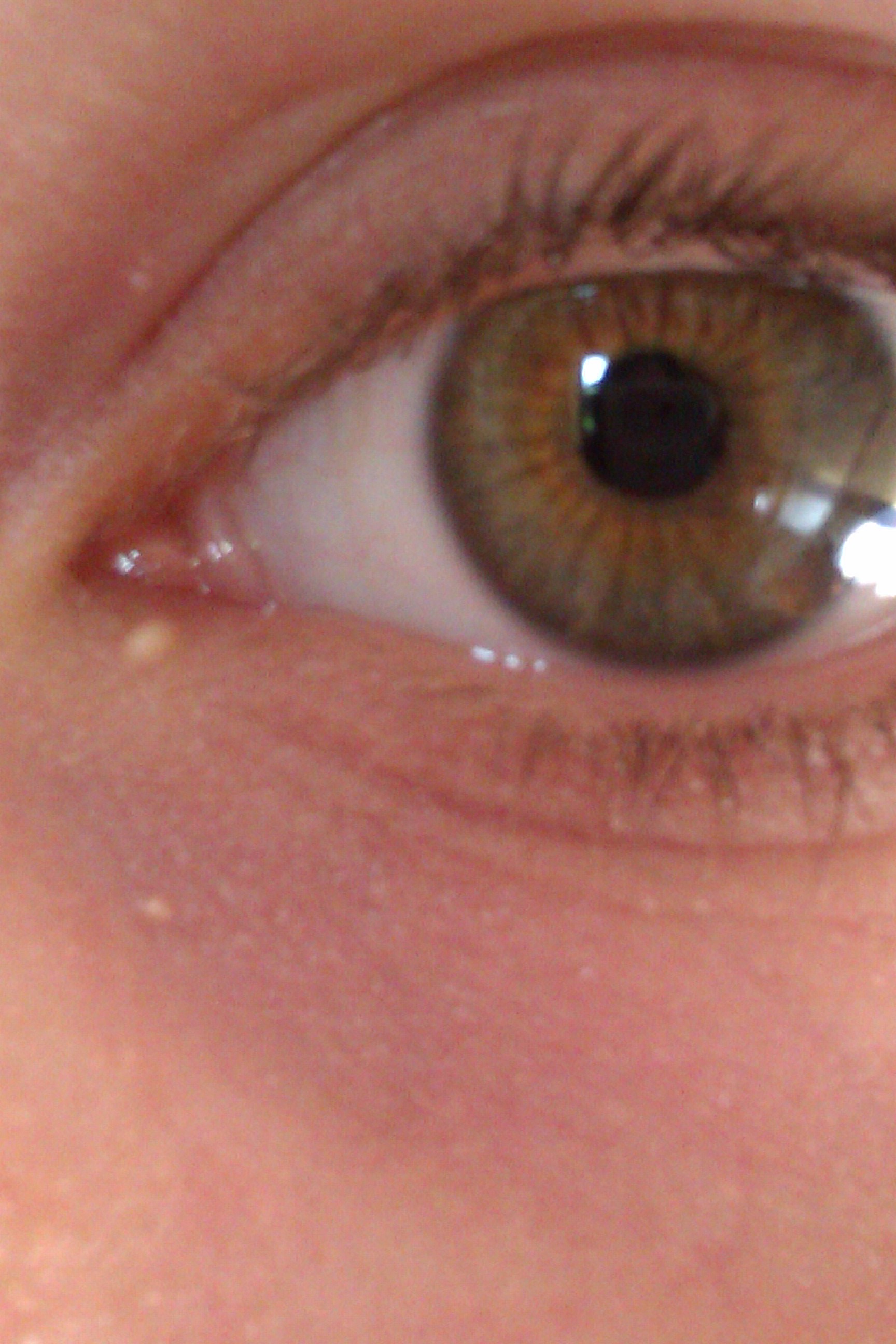
(Readers of German lyric poets such as Gertrud Kolmar and Else Lasker-Schüler may detect some influences there, though Sachs’s later turn from lyric conventions sets her apart.) The story of her narrow escape from Nazi Germany to Sweden in 1940 with the help of close friends in Berlin the last minute aid of powerful friends from afar (such as the Swedish Nobel laureate Selma Lagerlöf, also an influence on her early writing) and even a sympathetic police officer who told her to avoid the trains, reads like a 1940’s Hollywood script. Sachs never really took much part in the Berlin literary scene around figures such as Gottfried Benn and Bertolt Brecht, but lived in the familiar margin, like most writers, of being both known and unknown. Frail of health and sheltered for much of her childhood, Sachs wrote poems and stories that show the deep influence of German Romanticism, an influence she would later distill and refract through more modernist techniques and perspectives into some of the first powerful responses to the Holocaust in poetry, poems in which she discovered her mature voice as a poet and made her reputation.Īs a young woman she absorbed at some remove the fin-de-siècle atmosphere around the Stefan George circle, her poetry and prose appearing in local newspapers including, after the Nuremberg race laws of 1935, Jewish community publications her marionette plays from this time also found modest production. The Jewish-German (naturalized Swedish) poet Nelly Sachs was born in 1891, in the Schöneberg district of Berlin, to a bourgeois and assimilated family.

The shield bearer was earth’s wind-fallen fruit

Vielleicht sind die Umwege des Sündenfalles Are like the secret desertions of meteors


 0 kommentar(er)
0 kommentar(er)
